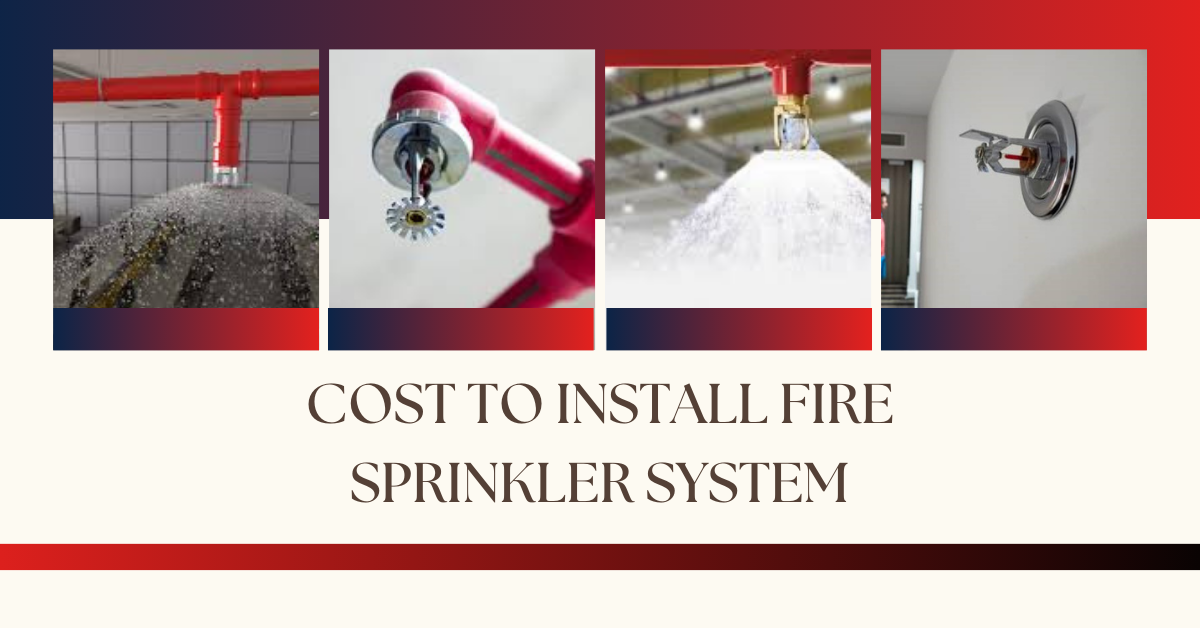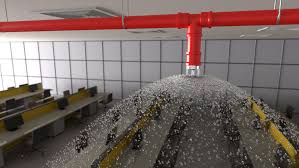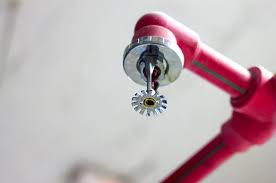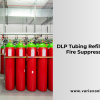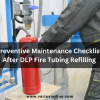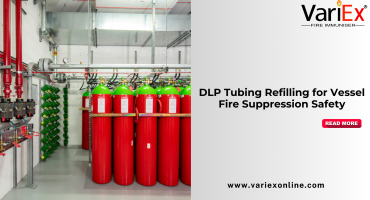![]()
Fire Immuniser
+91-7829629111
Email: info@variex.in
Varistor Technologies Pvt. Ltd.
Block-1, First Floor, Ardente Office One, Hoodi Circle, ITPL Main Road, Bengaluru, Karnataka 560048, IN
Cost To Install Fire Sprinkler System
Frequently Asked Questions
Fire sprinkler systems are highly effective in suppressing fires, protecting lives, and minimizing property damage. They provide an immediate response to fires, often extinguishing them before they escalate, and can significantly improve evacuation times.
The cost of installing a fire sprinkler system varies depending on factors such as property size, system complexity, water supply infrastructure, and regional factors. On average, installation costs range from $1 to $2 per square foot for new construction projects.
Yes, regular maintenance is essential to ensure the reliability and effectiveness of a fire sprinkler system. This includes inspections, testing of sprinkler heads, and maintenance of water supply components. Neglecting maintenance can compromise the system's functionality and compliance with regulatory requirements.
Yes, several types of fire sprinkler systems are available, including wet pipe systems, dry pipe systems, pre-action systems, and deluge systems. Each type is designed for specific environments and fire hazards, with varying levels of complexity and cost.
Many insurance providers offer discounts for properties equipped with fire sprinkler systems due to their proven effectiveness in reducing fire damage and loss. Property owners should consult with their insurance provider to understand the potential cost savings associated with installing a sprinkler system.
Final Say
At VariEx.in and VariexOnline.com, we specialize in supplying and installing top-quality fire fighting systems and equipment. From fire extinguishers to advanced suppression systems, we offer comprehensive solutions tailored to your needs. Our experienced team ensures precise installation and maintenance for optimal safety.
Trust VariEx for reliable fire protection. Contact us online or call 7829629111 to learn more.
"WHAT YOU CAN READ NEXT"
 Read more +24 November 2023 in Fire Extinguisher
Read more +24 November 2023 in Fire ExtinguisherWhat types of fire extinguishers are available for different fire classes?
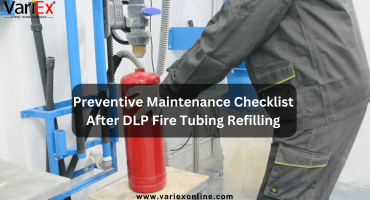 Read more +11 July 2025 in Fire Suppression
Read more +11 July 2025 in Fire Suppression

